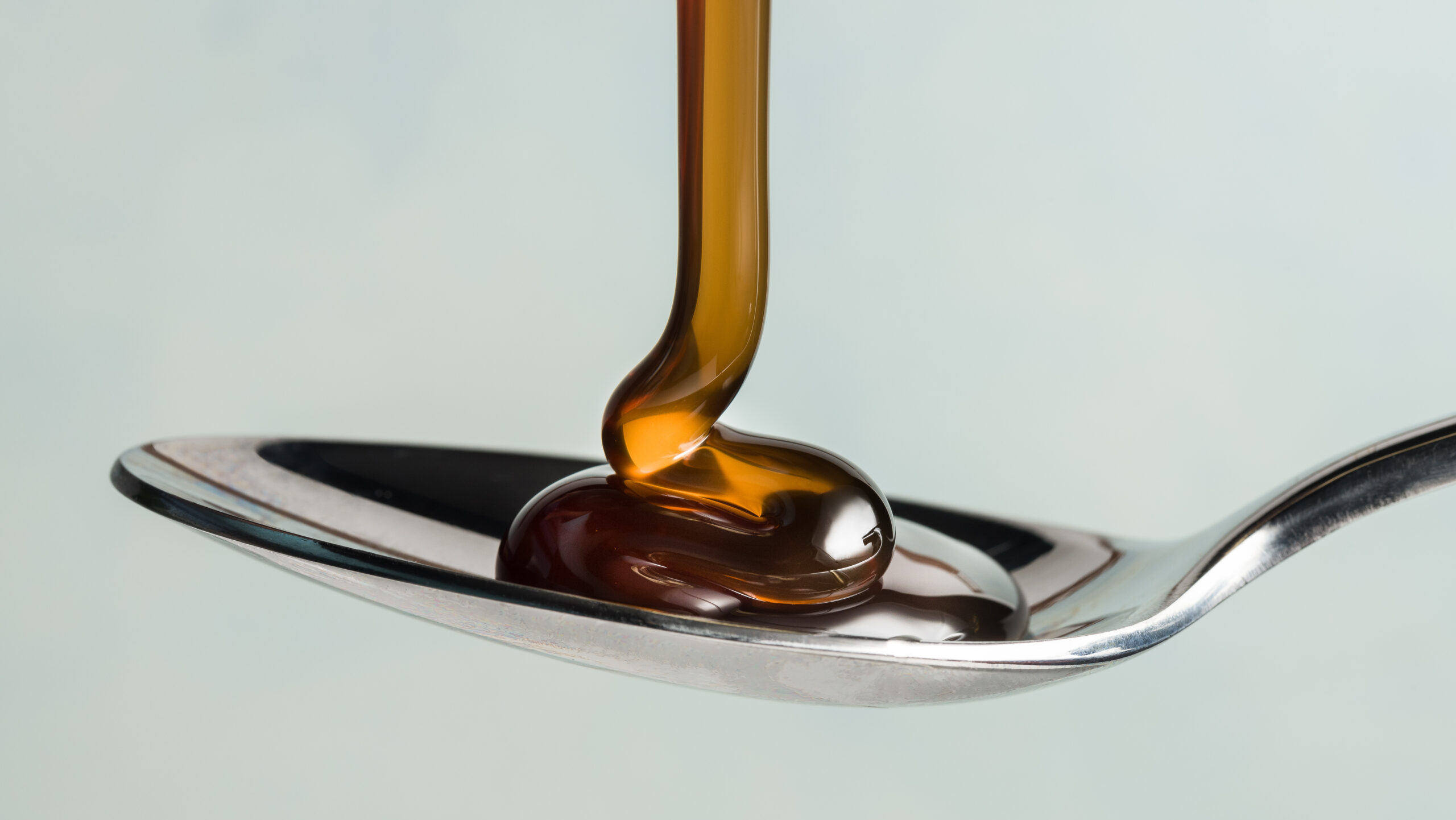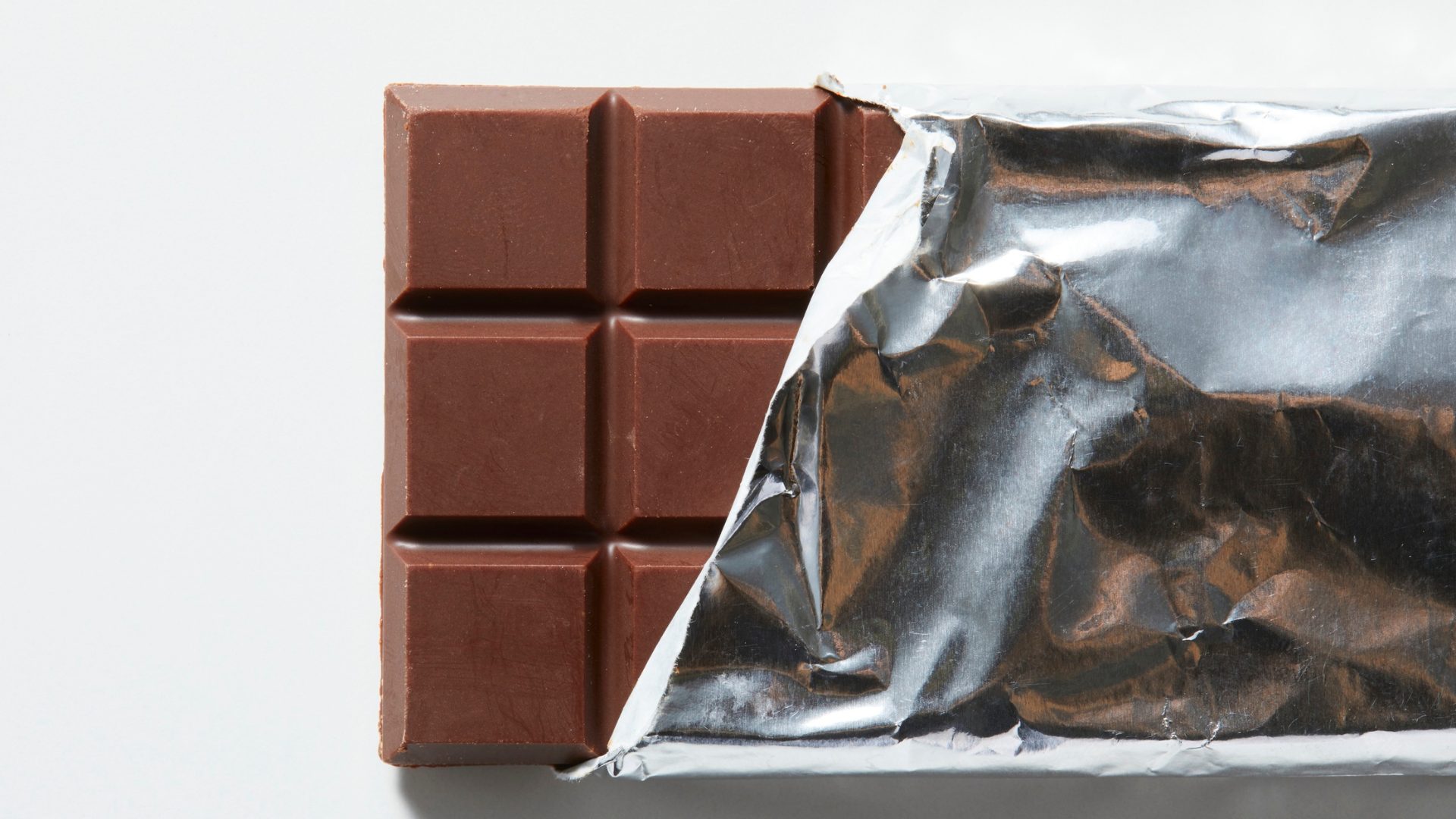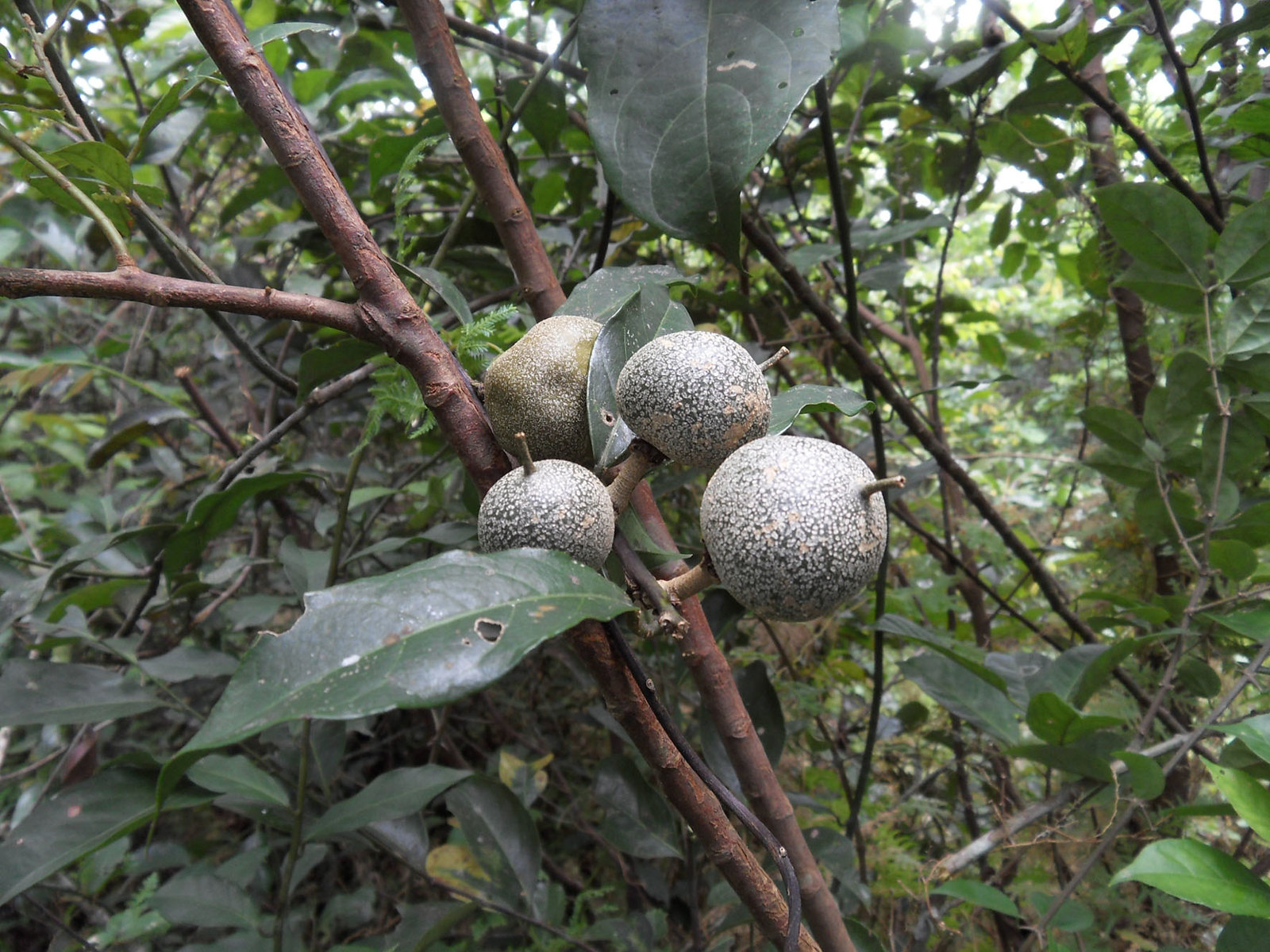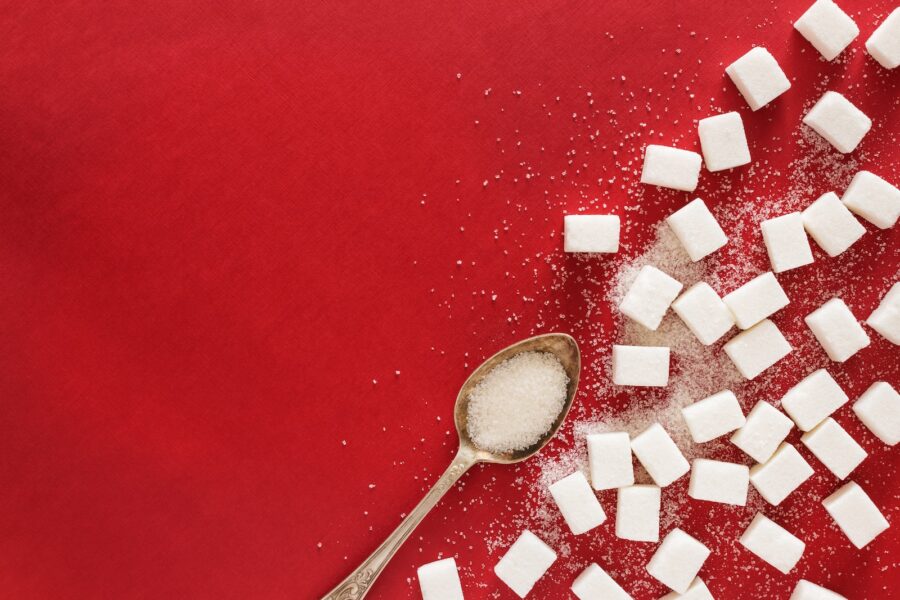Congresswoman Anna Paulina Luna (FL-13) has introduced what would be a paradigm-shifting legislative package intended to improve the dietary health of Americans by banning high-fructose corn syrup (HFCS) and certain color additives in foods produced in the U.S.
The legislative package includes two distinct acts: the Stop Spoonfuls of Fake Sugar Act and the Do or Dye Act.

The Legislative Push
The Do or Dye Act targets toxic food dyes like Red No. 40 and Yellow Nos. 5 and 6. There is already mounting pressure to place further scrutiny on these chemicals, some of which have been restricted in the EU and elsewhere.
The primary focus of the Stop Spoonfuls of Fake Sugar Act is to restrict the use of HFCS, which is often alleged to promote obesity and other chronic health issues.
The proposed bill would amend the Federal Food, Drug, and Cosmetic Act to “treat food for human consumption as adulterated if it contains high-fructose corn syrup.”
Why the Push for a Ban on HFCS?
The motivation for these legislative efforts is rooted in the increasing prevalence of negative health conditions associated with over-consumption of sugar. Its detractors claim high-fructose corn syrup is even more pernicious than table sugar in the battle against the obesity epidemic and related metabolic disorders.
“Far too many Americans are suffering needlessly from type 2 diabetes, pre-diabetes, and mental health conditions as a result of artificial and harmful ingredients that are in nearly every refrigerator and pantry in our country,” Representative Luna stated.
The Impact of a Potential Ban
The proposed ban on HFCS could have far-reaching implications:
1. Health Improvements: Eliminating HFCS from the American diet could lead to substantial health benefits, including a reduction in obesity rates, lower incidence of type 2 diabetes, and improved overall metabolic health. This shift could significantly enhance public health outcomes and reduce healthcare costs associated with diet-related diseases.
Of course, any such health improvements would be unlikely if a reduction in HFCS is supplanted with an increase in other forms of sugar.
2. Industry Adjustments: Food manufacturers would need to reformulate their products, potentially leading to an increase in the use of natural sweeteners like honey, maple syrup, or fruit-based alternatives. This could drive innovation in the food industry as companies strive to develop products that are perceived as healthier or more natural.
3. Consumer Awareness: The legislative push could heighten consumer awareness about the ingredients in their food, prompting more informed dietary choices and increased demand for healthier options. As a result, consumers might become more vigilant about reading labels and choosing products free from harmful additives.
What is High-Fructose Corn Syrup, Anyway?
High-fructose corn syrup is a sugar made from corn and commercially produced to contain either 42% or 55% fructose. It’s sweeter than regular corn syrup due to its higher fructose content—thus the naming convention. In contrast, table sugar (sucrose) is 50% fructose and 50% glucose, making HFCS and sucrose similarly sweet and, from a chemical perspective, nearly identical.
So why choose HFCS over sucrose? HFCS is more stable in acidic and heated environments and easier to use in food processing. Additionally, corn-derived sugar is cheaper and more abundant in the U.S. than sucrose from sugarcane or sugar beets, making HFCS a cost-effective option for manufacturers.
Nonetheless, use of HFCS has been steadily declining in the U.S. for close to 25 years, largely due to changing consumer preferences and a shift in demand toward healthier options like cane sugar, honey, maple syrup, as well as other natural and sugar-free sweeteners like stevia, monk fruit, aspartame, and oobli. The rise of diet sodas has also cut into the demand for HFCS.
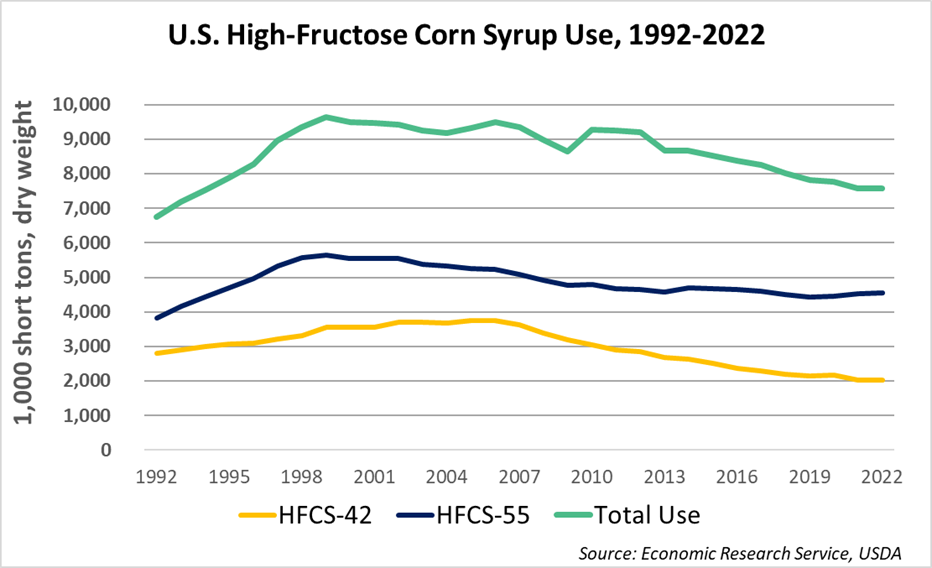
Is High-Fructose Really Higher Risk?
Despite the consternation over HFCS, there is surprisingly scant scientific evidence to suggest it is significantly worse than conventional table sugar (sucrose).
A study published in Frontiers in Nutrition in 2022 revealed that while HFCS might be associated with increased levels of C-reactive protein, the authors observed no difference between HFCS and sucrose in terms of their effects on weight, weight control, BMI, fat mass, blood pressure, fasting blood sugar, triglycerides, LDL, HDL, and total cholesterol.
A more scathing analysis from an article published in The Journal of Nutrition put an even sharper point on the comparison.
“Inaccurate information from ostensibly reliable sources and selective presentation of research data gathered under extreme experimental conditions, representing neither the human diet nor HFCS, have misled the uninformed and created an atmosphere of distrust and avoidance for what, by all rights, should be considered a safe and innocuous sweetener.”
In Conclusion
The journey to banning HFCS will certainly be fraught with challenges, perhaps insurmountable ones. HFCS is deeply entrenched in the food industry due to its low cost and versatility. Overcoming the economic and political resistance from stakeholders who benefit from its widespread use will require substantial effort and advocacy.
In the absence of incontrovertible proof of harm from HFCS, the suggestion to abolish its use is perhaps over-eager, if not misguided.
Congresswoman Luna has strategically positioned these initiatives to facilitate more focused discussions and incremental legislative progress, which does hold merits of its own.
While paying closer attention to the ingredients in our food is undoubtedly a recipe for a healthier nation, the ire directed toward high-fructose corn syrup may be unnecessarily specific.
Although high-fructose corn syrup often gets blamed for the nation’s obesity epidemic, “We should worry about sugar in general,” said Harvard School of Public Health nutrition expert Frank Hu.


